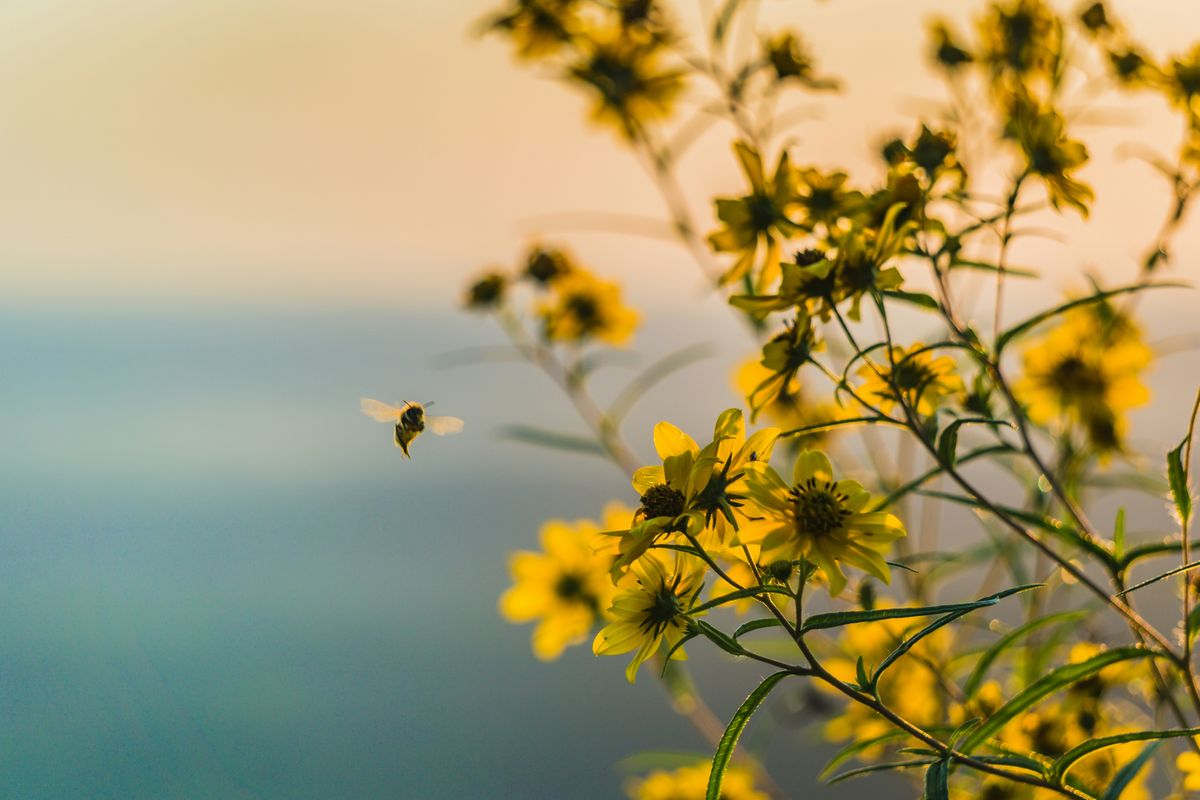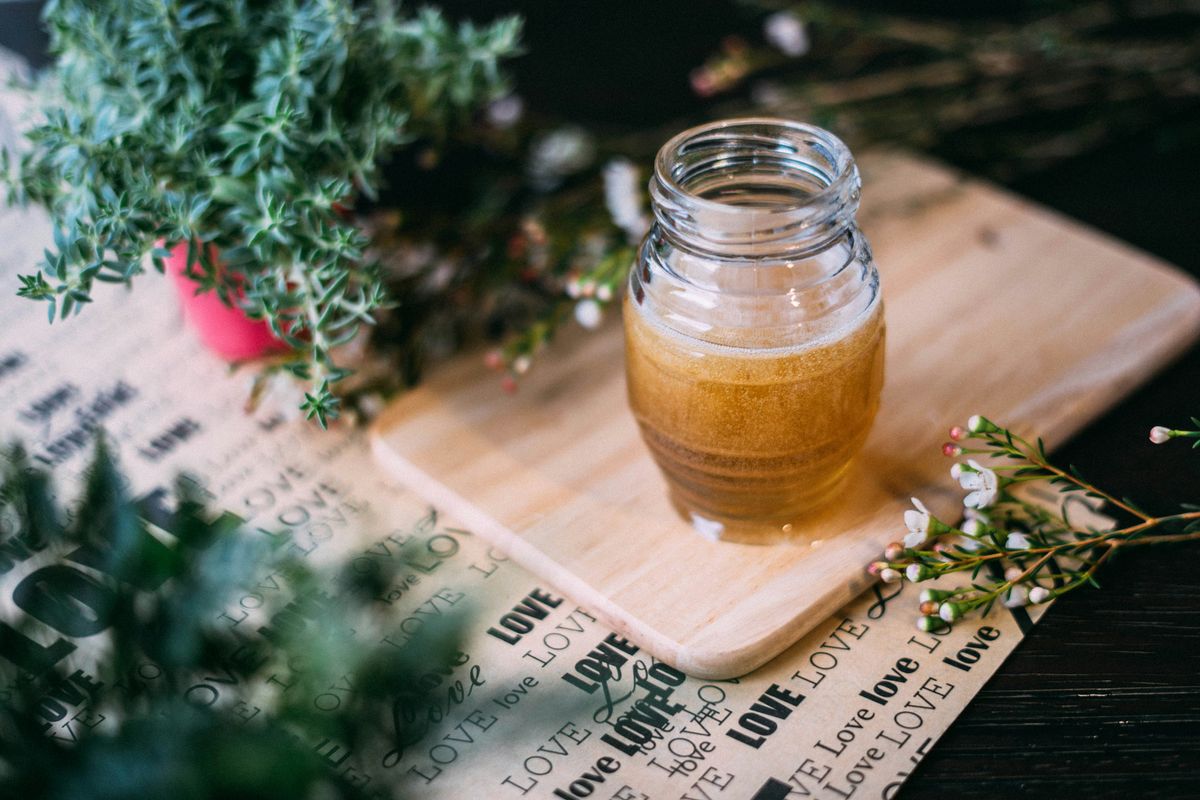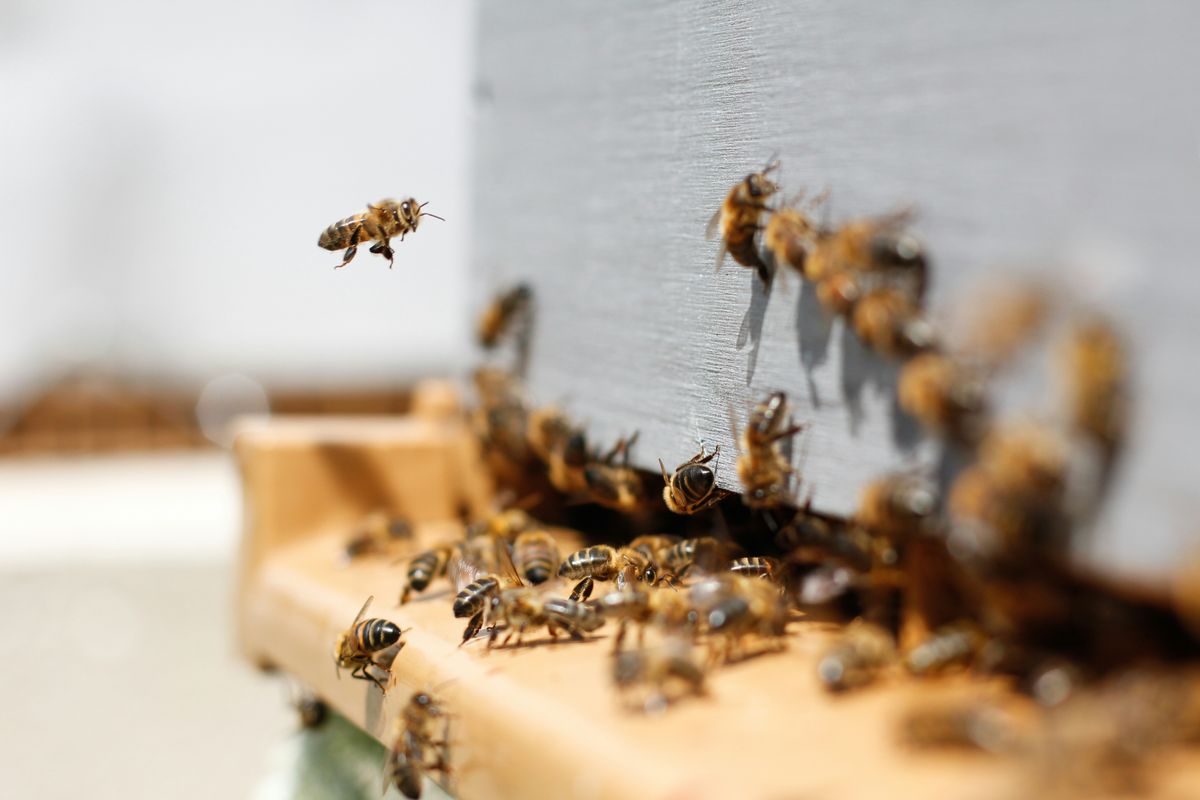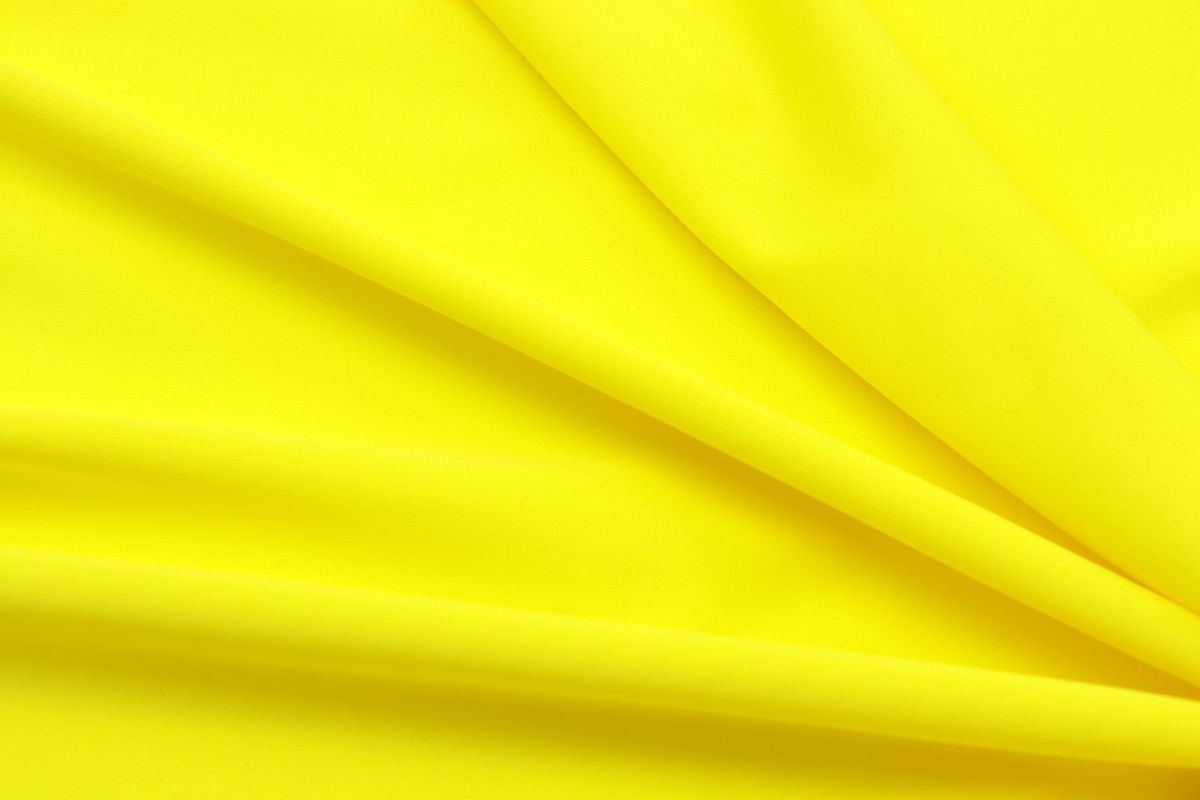Several factors must be considered when it comes to the optimal placement of bee hives for thriving colonies. From the local flora and fauna to environmental considerations and hive density, strategic insights play a crucial role in ensuring the productivity and health of bee colonies.
Key Takeaways
- Understanding the local flora and fauna is essential for providing diverse and nutritious foraging opportunities for bees.
- Optimal sunlight exposure can enhance bee activity and overall hive health.
- Proximity to water sources is crucial for ensuring bees have access to hydration and maintaining hive temperature.
- Weather patterns greatly impact bee behavior and productivity, necessitating careful consideration in hive placement decisions.
- Maintaining a balance in hive density is key to preventing overcrowding and maximizing pollination efficiency.
Factors Influencing Bee Hive Placement

Local Flora and Fauna
The presence of diverse local flora is crucial for the health and productivity of bee colonies. Bees rely on various plants for nectar and pollen, which are essential for their nutrition and the production of honey. When placing hives, it’s important to consider the types of plants available in the area and their blooming periods to ensure a consistent food source for the bees.
The selection of a location with a rich assortment of flowering plants can significantly enhance the well-being of bee colonies.
Here is a list of factors to consider regarding local flora:
- Availability of nectar-rich flowers
- Diversity of plant species
- Timing of plant blooming cycles
In addition to flora, local fauna can also impact hive placement. Predators such as bears or pests like hornets can threaten hives. Measures should be taken to protect the hives from such dangers, including using barriers or selecting locations less accessible to potential threats.
Sunlight Exposure
The amount of sunlight a bee hive receives can significantly influence the health and productivity of the bee colony. Bees require warmth to remain active, and sunlight is crucial in providing this warmth. However, too much direct sunlight can overheat the hive, leading to stress on the bees.
Sunlight exposure should be balanced to ensure that hives get enough light for warmth without causing overheating. This can be achieved by placing hives in areas that receive morning sunlight but are shaded during the hottest part of the day. Here are some considerations for sunlight exposure:
- Position hives to face the morning sun, preferably east or southeast.
- Use natural or artificial shade to protect hives from intense midday and afternoon sun.
- Monitor the temperature inside the hive to prevent overheating.
It is essential to observe the bees’ behavior in relation to sunlight exposure. Bees that are too hot may beard outside the hive, indicating that adjustments may be needed to their environment.
Distance to Water Sources
After considering the proximity of water sources, beekeepers must focus on the broader environmental factors that can significantly influence hive health. Weather patterns play a crucial role in bee activity and honey production. Bees prefer a moderate climate with mild winters and warm summers. Extreme hot or cold temperatures can stress the colonies and affect their survival.
Pesticide use in the surrounding area is another critical factor. Bees are highly susceptible to chemicals, and exposure can lead to colony collapse disorder. Beekeepers should be aware of agricultural practices in the vicinity and advocate for responsible pesticide application.
Lastly, air quality can impact bees just as it does other wildlife. Pollutants and toxins in the air can harm bees, affecting their ability to forage and navigate. Ensuring clean air around the hives is essential for their thriving.
It is imperative to conduct thorough research on the environmental conditions of the proposed site for hive placement to ensure the well-being of the bee colonies.
Environmental Considerations for Bee Hive Placement

Weather Patterns
Understanding local weather patterns is crucial for the strategic placement of bee hives. Bees are sensitive to weather conditions, significantly affecting their health and productivity. For instance, areas prone to heavy rains or high winds can be detrimental to bee colonies, as these conditions can hinder foraging and damage hives.
Temperature fluctuations are also a key factor to consider. Bees require a stable climate to maintain the internal hive temperature necessary for brood rearing and honey production. A sudden drop in temperature can lead to colony stress and reduced activity levels. Conversely, extreme heat can cause bees to expend energy on cooling the hive rather than foraging and pollination.
It is essential to monitor seasonal weather trends and historical climate data to select a location that offers the most favorable conditions for bee hives.
The following list outlines the weather-related aspects to consider when placing bee hives:
- Proximity to windbreaks such as trees or structures to protect from strong winds
- Elevation and its impact on temperature and humidity levels
- Orientation of the hive entrance to avoid direct exposure to prevailing winds and rain
- Availability of shade to mitigate the effects of intense summer heat
Pesticide Use in the Area
The presence of pesticides in the vicinity of bee hives can have detrimental effects on bee health and colony survival. Careful consideration of pesticide use in the area is crucial for the strategic placement of hives. Beekeepers should engage with local farmers and landowners to understand the types and schedules of pesticide application.
Pesticides can disrupt bee navigation, suppress immune function, and even lead to colony collapse. To mitigate these risks, beekeepers can:
- Monitor local pesticide regulations and usage patterns
- Choose locations with organic or low-spray agricultural practices
- Establish buffer zones between hives and treated crops
It is essential to maintain open communication with agricultural stakeholders to ensure that hive placement accounts for the timing and type of pesticide applications. This proactive approach can help safeguard bee populations and enhance the sustainability of beekeeping operations.
Air Quality
The air surrounding a bee hive can significantly influence the health and productivity of the colony. Poor air quality can lead to various issues, from respiratory problems in bees to contamination of the honey they produce. Beekeepers should prioritize locations with clean air, away from industrial pollutants and heavy traffic.
Airborne contaminants such as particulates, gases, and aerosols can harm bees. Monitoring air quality indices and placing hives in areas with low pollution levels is crucial for maintaining thriving colonies. Consider the following factors when assessing air quality for bee hives:
- Proximity to industrial areas or agricultural fields where pesticides are used
- The presence of natural barriers like trees or hills that can filter air
- Local regulations and air quality reports
Ensuring good air quality is not only vital for the health of the bees but also for the purity of the honey produced. Beekeepers must be vigilant and proactive in selecting sites that offer the cleanest possible environment for their hives.
Optimizing Hive Density for Maximum Productivity

Hive Spacing and Overcrowding
Ensuring optimal hive spacing is crucial for the health and productivity of bee colonies. Overcrowding can lead to resource depletion, causing stress and potentially sparking aggressive behavior among bees. Conversely, hives that are too dispersed may result in inefficient foraging and reduced pollination benefits.
Hive density should be carefully managed to balance the colony’s needs with the surrounding ecosystem’s capacity. Here’s a simple guideline for hive spacing:
- Maintain a minimum distance of 10 feet between hives to prevent disruption.
- Consider the foraging range of bees, typically up to 5 miles, when placing hives.
- Adjust spacing based on local flora abundance and diversity.
It’s essential to monitor the colonies regularly to assess if the spacing remains adequate as the environment and colony sizes change. This proactive approach can prevent issues related to overcrowding and ensure a thriving bee community.
Foraging Range Efficiency
Maximizing foraging range efficiency is crucial for the productivity of bee colonies. Bees have a limited energy budget for foraging, which makes the placement of hives relative to nectar and pollen sources vitally important. An optimal foraging range ensures bees spend less energy traveling and more time collecting resources.
Several factors can influence foraging efficiency:
- The diversity and abundance of flowering plants within the range
- The presence of competing insects or colonies
- The topography and ease of navigation for bees
Ensuring that hives are placed within a bee’s natural foraging range, typically up to 5 kilometers, can significantly enhance the colony’s ability to gather food and sustain its health.
It’s also beneficial to monitor and adjust hive locations seasonally to align with the blooming patterns of local flora. This proactive approach can lead to a more robust and resilient bee population.
Pollination Impact
The strategic placement of bee hives significantly influences the pollination impact on surrounding ecosystems. Optimal hive placement can enhance pollination services for agricultural crops and native plants, leading to a more robust and diverse environment.
- Effective pollination increases crop yields and quality.
- Diverse plant-pollinator interactions strengthen ecosystem resilience.
- Strategic hive placement can mitigate the risk of pollinator over-competition.
Careful consideration of the surrounding flora will ensure that bees have access to a variety of pollen and nectar sources throughout the growing season, which is crucial for the health of the colony and the efficiency of pollination.
By monitoring and adjusting hive locations, beekeepers can maximize the ecological benefits of their colonies while also supporting the productivity of local agriculture and the health of native plant species.
Conclusion
In conclusion, the strategic placement of bee hives plays a crucial role in the success and thriving of bee colonies. By considering factors such as proximity to food sources, shelter, and environmental conditions, beekeepers can optimize the placement of hives to ensure the health and productivity of their colonies. This article has provided valuable insights into the optimal placement of bee hives, highlighting the importance of strategic planning and environmental considerations in beekeeping practices.
Frequently Asked Questions
How do local flora and fauna influence bee hive placement?
Local flora and fauna provide bees with essential nectar and pollen sources, impacting their foraging behavior and overall health.
Why is sunlight exposure important for bee hives?
Sunlight exposure helps regulate hive temperature, supports bee activity, and contributes to honey and wax production.
What role does distance to water sources play in bee hive placement?
Proximity to water sources is crucial for bees to stay hydrated, cool the hive, and dilute honey stores during nectar dehydration.
How do weather patterns affect bee hive placement?
Weather patterns influence bee activity, hive insulation needs, and foraging conditions, impacting colony survival and productivity.
Why is pesticide use in the area a concern for bee hive placement?
Pesticides can harm bees directly or through contaminated nectar and pollen, posing risks to colony health and productivity.
How does air quality impact bee hive placement?
Poor air quality can stress bees, weaken their immune systems, and affect foraging efficiency and overall colony well-being.

Hello! My name is Noel Calvin. I graduated from UCLA and now work as a writer at Launch Ninjas. I write blog posts that inspire and guide our readers in their entrepreneurial pursuits. I live in Pleasantville, NJ, with a peaceful yet lively atmosphere that inspires me.
Writing stories is more than just a job for me. It allows me to share my observations and satisfy my curiosity about the world. I combine my analytical skills with creative enthusiasm to delve into technology trends and startup stories. But my life isn’t limited to screens and keyboards. I value loyalty, passion, and a touch of old-fashioned charm, which I infuse into every narrative I create.
I love spending time in my garage, jamming with my band when I’m not writing. Playing the guitar and singing bring me immense joy. I also enjoy capturing ordinary and extraordinary moments through my camera lens and exploring new culinary adventures that excite my taste buds. I’m always seeking new experiences.
My family is very important to me. Joyful Sunday brunches filled with laughter and intense board game nights keep me grounded, reminding me of life’s simple pleasures.
In my world, every moment is an opportunity for discovery. Every discovery is a story worth sharing, whether a heartfelt moment at home or the pulse of technological innovations. Join me as I navigate through life, one blog post, one guitar strum, and one heartwarming family dinner at a time.

